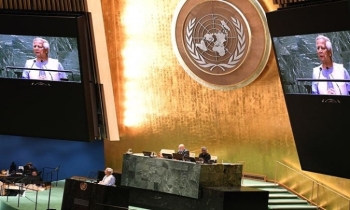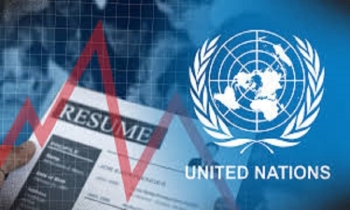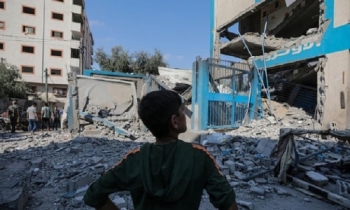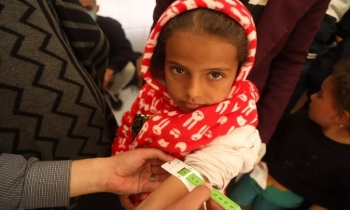Drowning kills 25 lakh people in last decade: WHO
WAM/UNB || BusinessInsider
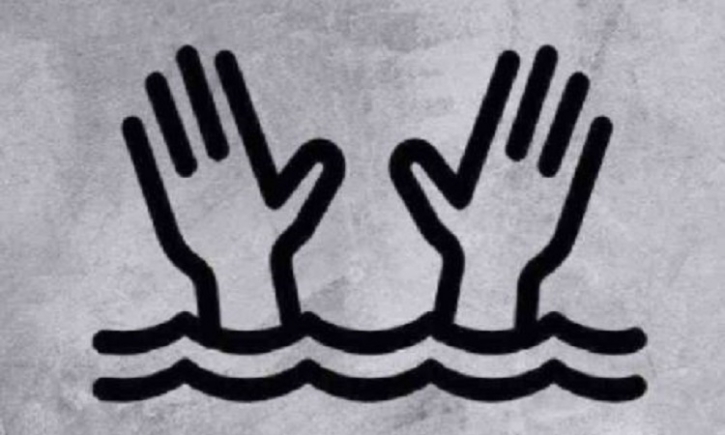
Photo: Collected
Drowning is now a leading cause of death for children aged under five in many countries, the UN health agency said Friday.
Around 2.5 million people died by drowning in the decade to 2019, the World Health Organisation (WHO) said, as it set out a series of simple measures to help reduce the "entirely preventable cause of death."
Around 60 percent of all drowning deaths were among those under the age of 30, with the highest rates among children aged under five, the WHO said ahead of the first-ever World Drowning Prevention Day, which falls on Sunday.
“The shocking numbers included an estimated 236,000 people in 2019 alone who lost their lives due to drowning,” Dr David Meddings, from the WHO's Social Determinants of Health department, told the media.
Flooding-related fatalities and deaths due to water transport accidents and intentional drownings are not included in the overall statistics, the UN agency said. "The exact rate of mortality might be much higher."
The decline in the death rates of children aged under five from all causes over the past 40 years had masked the residual problem of deaths due to drowning, David said. "Drowning is now a leading cause of death for children under the age of five, in many, many countries."
Drowning was the leading cause of death for under-fives in China and the second-biggest in the US and France, he added. "In Bangladesh, an estimated 40 children died from drowning every day in 2016 alone."
However, drowning rates in low- and middle-income countries are more than three times higher than in high-income nations.
The WHO said drowning disproportionately affected poor and marginalised communities which have the fewest resources to adapt to the risks around them.
However, simple steps could prevent many deaths, such as installing barriers around wells, providing safe places for children to play away from water, and teaching youngsters basic swimming and water safety skills, David said.
Greater training in safe rescue and resuscitation techniques would also help people to assist anyone who is drowning.
Enforcing safe shipping loading and ferry regulations, and improving flood risk management, are two other interventions recommended by the WHO.

